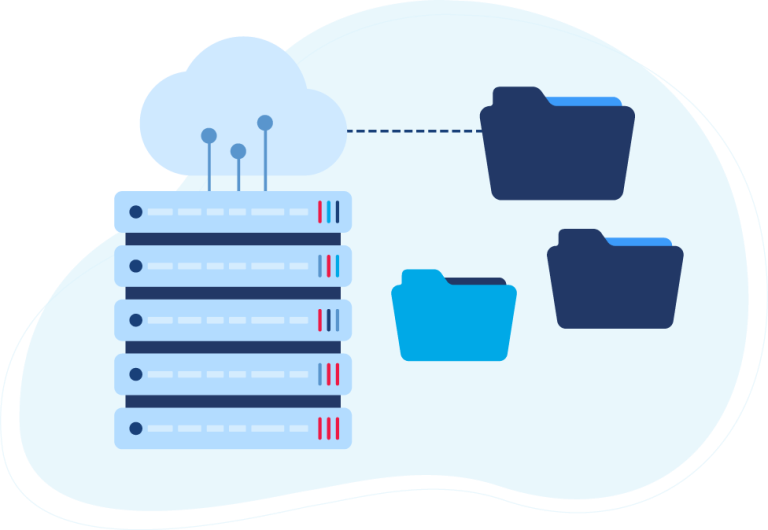In the dynamic landscape of B2B eCommerce, businesses often dive in without fully grasping its distinct nature compared to direct-to-consumer (D2C) selling. To deliver exceptional shopping experiences, a well-defined and sophisticated B2B integration strategy is paramount.
Torrey Lepenskie guides you through five essential aspects that every B2B eCommerce merchant should know when integrating B2B processes.
1. Strategic Goal Alignment
For eCommerce merchants in the B2B realm, understanding how data flows between their eCommerce platform and other applications and systems is crucial. Crafting strategic goals that consider the unique aspects of B2B is the foundational key to success in this space.
2. Choose Your eCommerce Platform Wisely
Selecting an eCommerce platform that caters to B2B businesses is paramount. Does the chosen platform offer robust APIs that seamlessly connect with your back-end systems, warehouses, and applications? Take the time to research and ensure that the platform aligns with your specific needs. Don’t settle for a pre-defined set of features; instead, seek a platform that adapts to your business requirements. Make sure the platform fits your needs, rather than changing your business to fit a pre-defined box of features.
Torrey takes you through the 5 things B2B eCommerce Merchants should know about integrating B2B processes.
3. Overcoming Legacy System Limitations
As merchants mature and evolve, holding onto outdated technology that once served them well can hinder their growth potential. While upgrading or transitioning to a new system may be time-consuming, it’s essential if the existing legacy system lacks strong APIs, preventing smooth integration with your chosen eCommerce platform. Recognize the signs and move beyond the limitations of obsolete systems.

4. Embrace Cutting-Edge APIs
Similar to leaving legacy systems behind, adopting applications, platforms, and systems equipped with modern APIs and file types is crucial. This empowers efficient and agile communication between integrated systems, enabling streamlined workflows and automated processes.
5. Comprehensive Data Mapping
Understanding the origin of your customer data and mapping its flow across all applications within your organization provides a 360-degree perspective. By identifying where the data needs to reside and how it moves between various applications, you gain valuable insights into its significance, the involved stakeholders, and the necessary integration steps. In the B2B space, where complexity and specific business rules abound, undertaking this data exercise informs your eCommerce integration strategy and propels you closer to achieving your business goals.
Invest in the Future of B2B eCommerce Integration
Unlock the true potential of B2B eCommerce integration by embracing these key insights. Seamlessly connect your systems, optimize workflows, and deliver outstanding customer experiences.
Think You're Ready To Go B2B? Download Our Checklist First.
With 26+ years of integration experience, VL OMNI can help you develop a strategic plan that takes into consideration what your existing technical infrastructure can handle and invest in technology that has the capability to give you strategic results.
 D365 Business Central
D365 Business Central Netsuite
Netsuite


